The efficiency of the machine depends on the quality of the engine in the same way that the production of any marine and industrial plant machine depends on its engine and the engine can work properly with the crankshaft. This converts the up-and-down motion of the pistons into rotational power. Without a healthy crankshaft, the engine won’t be able to run properly and may stop working in some cases. Machines are prone to wear and tear in a similar way, crankshafts are also prone to wear and tear.
In the long term, they may develop cracks, scoring, or warping due to excessive stress, poor lubrication, or engine overheating. When this situation arises in front of industrial or marine plant owners, they must decide whether to choose engine crankshaft repair or replace the crankshafts. The right decision depends on the engine’s age and the long-term plans of the industrial or marine plant’s owners.
In this blog, we will discuss the above signs of a failing crankshaft, situations that necessitate replacement, and practical advice to help you make the right choice.
1. Signs of a Damaged Crankshaft
Analyzing the symptoms of crankshaft problems can help in deciding between repair and replacement. Ignoring early signs can lead to huge costs and damage while increasing the repair cost.
| Common Symptoms | How to diagnose |
| If you hear any loud knocking or grinding sounds from the engine, it may be a sign that the crankshaft journals are worn or the bearings are failing. | Do a visual inspection of cracks, scratches, or scoring marks from time to time. You can take help from mechanics who use dye penetrant or magnetic particle testing to detect hidden cracks. |
| If there is low oil pressure, then don’t ignore it, as it may be due to a damaged crankshaft, which can cause improper oil circulation and may lead to journal wear or bearing damage. | Measuring journal wear of the crankshaft, in which a micrometer is used to check if the crankshaft journals are within manufacturer-specified tolerances. Early detection of any damage or wear and tear of the crankshaft can save money. |
| If there is damage in the crankshaft, it can affect the timing and smooth operation of the pistons, which will lead to misfires, rough idling, and a decrease in fuel efficiency. | If these signs are noticed or detected early, then it can save money by engine crankshaft repair while avoiding the need for full replacement. |
| Leaks around the front or rear crankshaft seals, or from other areas where the crankshaft runs, indicate damage to the crankshaft or related components. | Check the engine oil for metal shavings, which can indicate bearing wear or other damage to the crankshaft |
2. When to Repair the Crankshaft
When there is minor damage to the crankshaft, then repairing it is the best choice. Following is the situation explained for when to repair the crankshaft.
- When there are small surface imperfections, they can be removed with crankshaft polishing.
- Slightly worn crankshaft journals can be machined down and refinished to restore smooth surfaces. Bearings are then matched to the new size.
- Repairing a crankshaft costs less as compared to buying a new one. Repairing the crankshaft helps to extend the life of marine or industrial plant’s engine of older machines without a huge investment.
- If a mechanic suggests repair, then ensure that it is performed by professionals of trusted partners like the MPA Power Project as they complete it with proper machining tools and have skills and training in this field. Quality workmanship is important in engine crankshaft repair in reducing downtime and managing production.
Pros & Cons of Repairing
| Pros | Cons |
| Cost-effective for minor wear and tear | Not suitable for severe cracks or bent crankshafts |
| Quicker turnaround time compared to replacement | May not guarantee long-term durability in high-performance engines |
| Extends the life of your existing engine | It is not suitable for the old engine with high mileage |
3. When to Replace the Crankshaft
When machining or polishing cannot increase the life of the crankshaft, then replacement is the only option. The following are the points explained when there is a need of replacement in crankshafts:
1. Deep cracks or fractures: Cracks and fractures affect the structural integrity of the crankshaft and are not easy to repair in a short time. Also, there is a high chance of recurrence of problems or engine failure. Every machine has a limit to perform the work; if the journals are worn beyond the limits specified by the manufacturer, then regrinding can not save the cost.
2. Delay in replacement: If there is a delay in replacement, then it can lead to huge costs, as a new crankshaft is expensive, especially for high-performance or imported vehicles.
3. Increases the life of the engine: Replacement increases the life of the engine and ensures that the engine will perform well in the upcoming years, which increases the efficiency of the machine.
4. Avoid future loss: Replacement is the best choice if an individual wants to avoid any future problems related to engine or machine failure and wants better performance of the engine.
Pros & Cons of Replacement
| Pros | Cons |
| Ensures maximum reliability and performance | Expensive compared to repair |
| Peace of mind with no hidden weaknesses | More downtime due to sourcing in some cases and installation |
| Long-term investment for newer or high-value vehicles | May occur more costs than the reselling of the expensive or imported machines |
4. Key Factors to Consider Before Deciding
The following are the points that will help you to decide whether you should choose repair or replacement for the betterment of the engine of the vehicle in the long term.
Engine’s Age and efficiency: Older engines with good performance and quality may not need replacement. Repairing can be a good decision until the machine of an industrial plant reaches the end of its life. But in the case of new engines, the decision about replacement is the best decision, as it ensures reliability and safety for the long term.
Machine’s Value: If the cost of replacing the crankshaft is more than the machine’s value, then repairing can be the best decision. Whereas if you have an imported machine and plan to keep the machine for the long term, then replacement can be a better investment.
Future Reliability: Repairing can be a good decision for short-term use but may cause problems and lead to stress related to safety. Whereas replacement ensures strength and reduces the risk of engine failure in the long term. Always compare the repair cost to the machine’s current value and future needs. Then make a decision regarding repair and replacement.
5. Professional Advice & Final Recommendations
When it is about the repair and replacement of an engine’s crankshaft, professional guidance and recommendations become more important.
- Consulting a professional is important as crankshaft damage isn’t always visible to the naked eye. Mechanics will use advanced diagnostic tools like micrometers, dial gauges, and crack detection kits. Repairs done by professionals give quality in work that cannot be achieved by normal mechanics.
- If the crankshaft is poorly damaged and the engine block itself is showing signs of wear, then replacing the crankshaft may not be that effective; in that case, the owner has to buy a new one..
- In such cases, investing in a rebuilt or remanufactured engine can be the best decision, as it ensures good functioning and performance.
Best Practices for Crankshaft Maintenance
Change engine oil regularly to prevent lubrication issues and use the best quality of lubricant oil or the one suggested by the manufacturer.
- Avoid overheating by maintaining the cooling system, which can eliminate the chance of any damage caused by overheating.
- Don’t ignore knocking sounds or oil pressure warnings; instead, tackle them immediately. That can save the life of the engine while saving your life and money.
- Follow the manufacturer’s guidelines for engine servicing, as ignoring instructions can lead to costly repairs. You can work with one of the trusted experts of India, like MPA Power Project, who specialize in precision machining and reliable engine solutions on-site that can save your transportation costs.
Conclusion
The crankshaft plays an important role in the performance of the engine, and this is the reason that when there are signs of damage, cracks, or wear and tear, the big question arises: what to repair or replace? Repair can be the best decision for minor scratches, light wear, or older machines, where a higher investment doesn’t make any sense. Replacement is best when there are severe cracks, excessive wear, or warped crankshafts, especially in high-performance engines. Whichever option you choose but never ignore the early warning signs of crankshaft issues. As it can save your engine from failure and eliminate the chance of any life risk and huge costs in compensation.
“Contact us today for expert advice and high-quality services in engine crankshaft repair and replacement while keeping engines running with the best performance.”





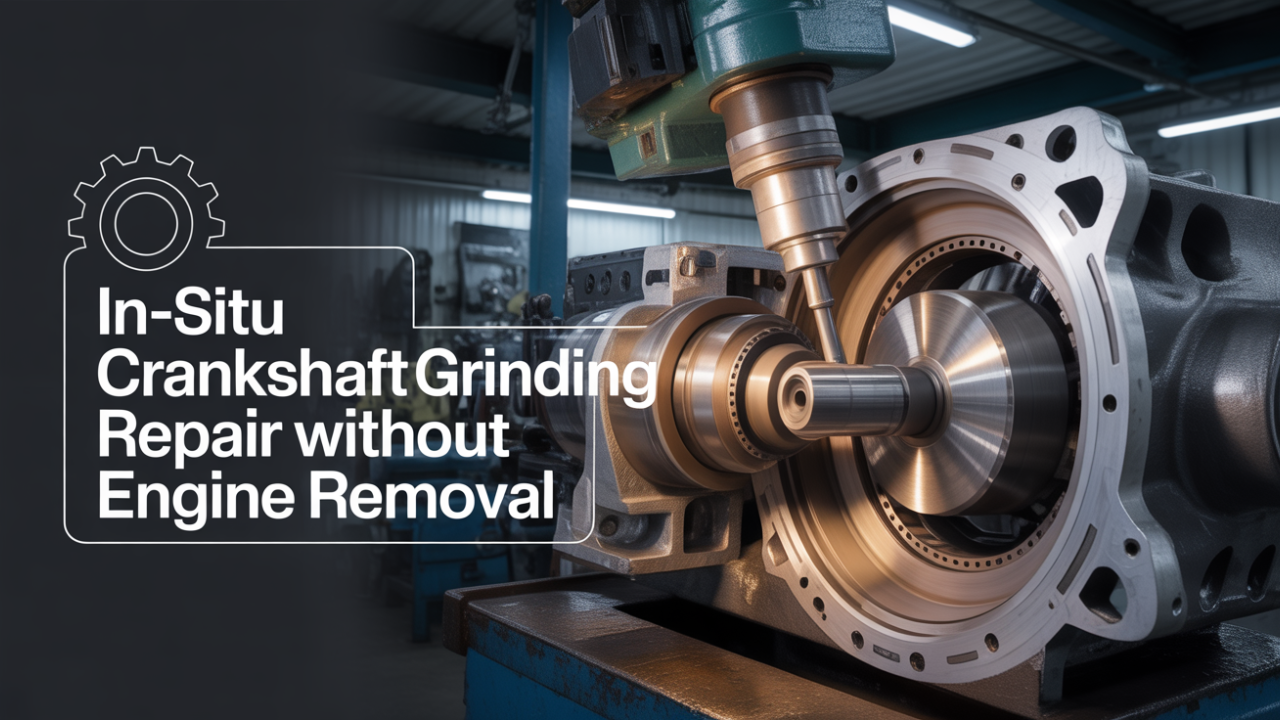
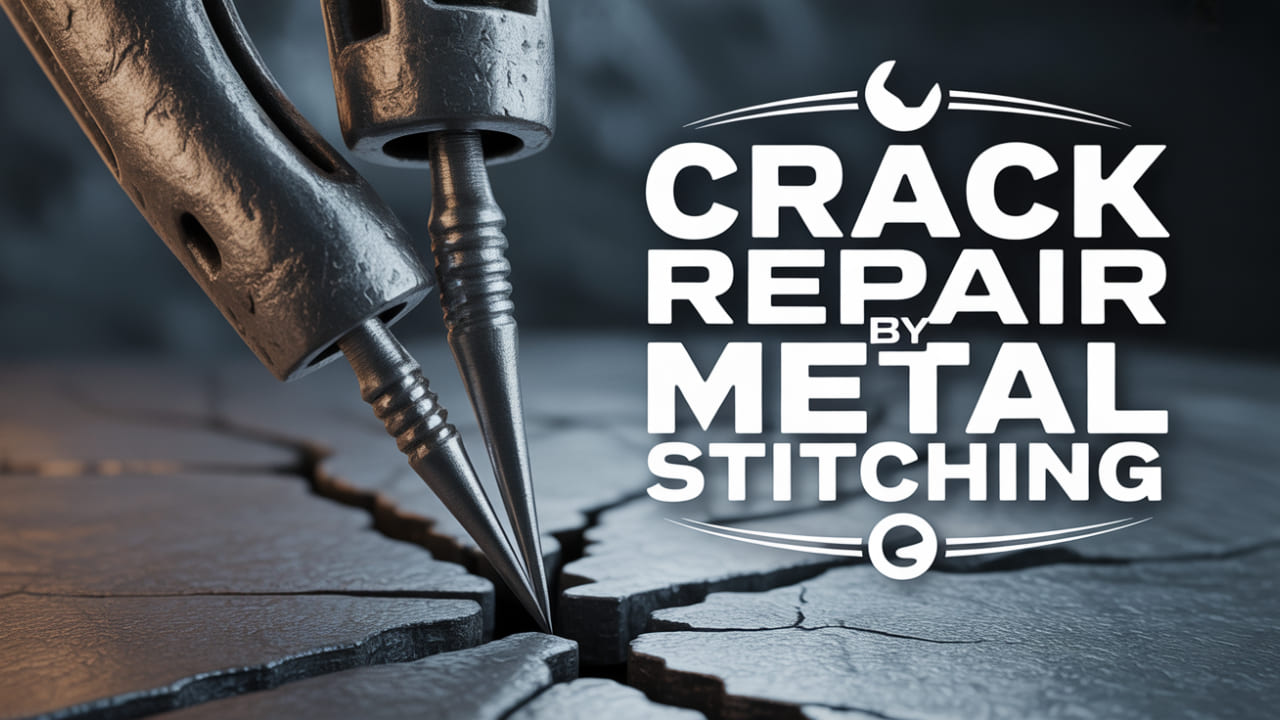
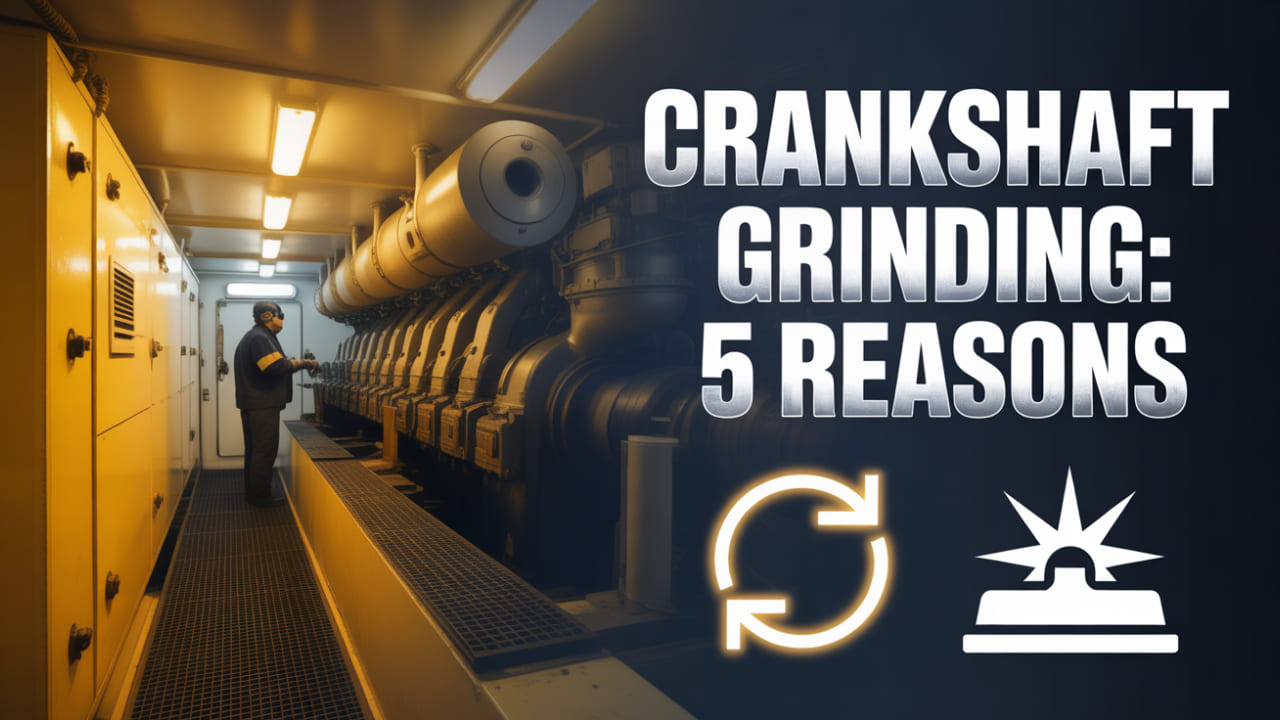
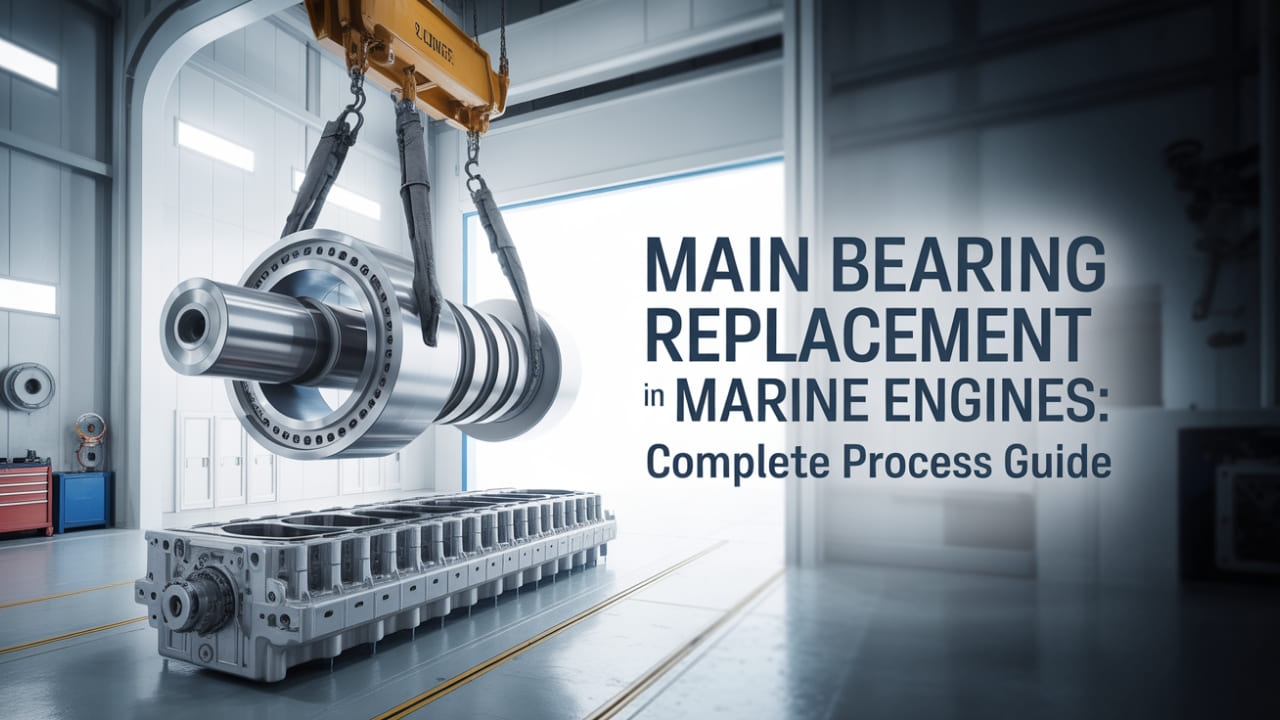

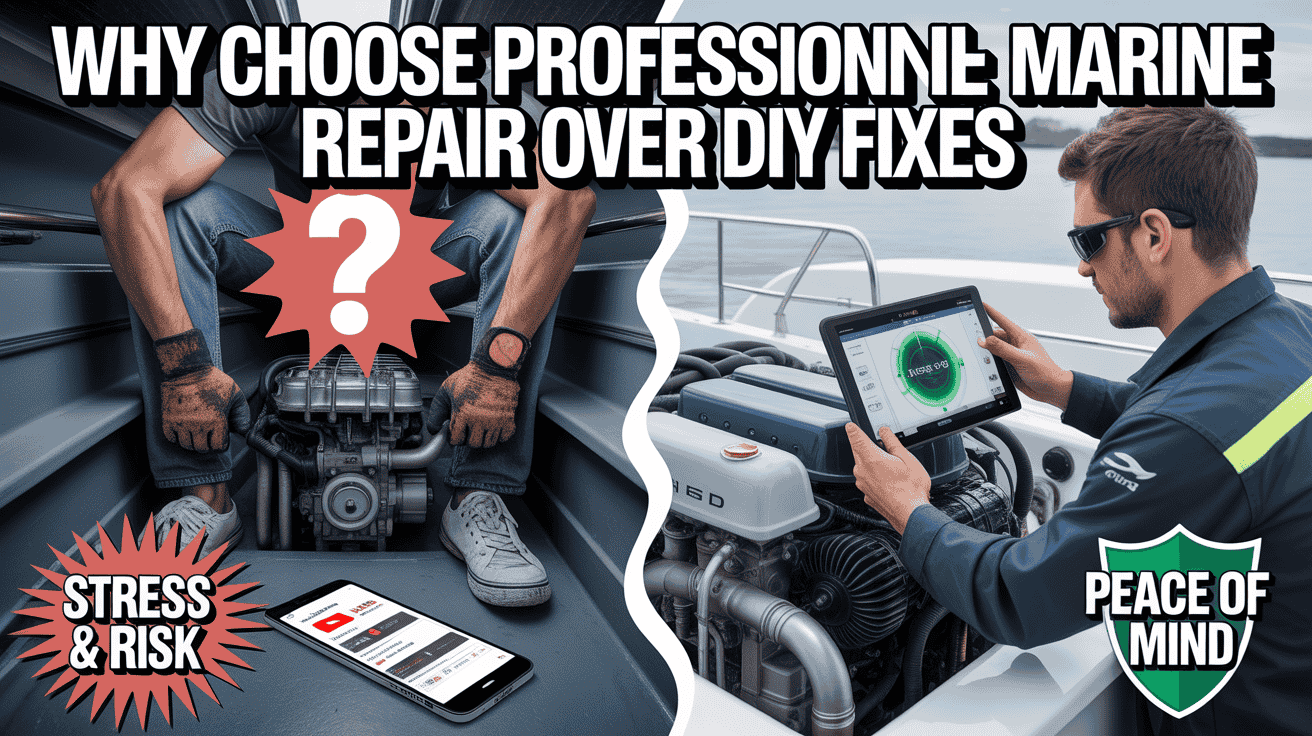
No Comments